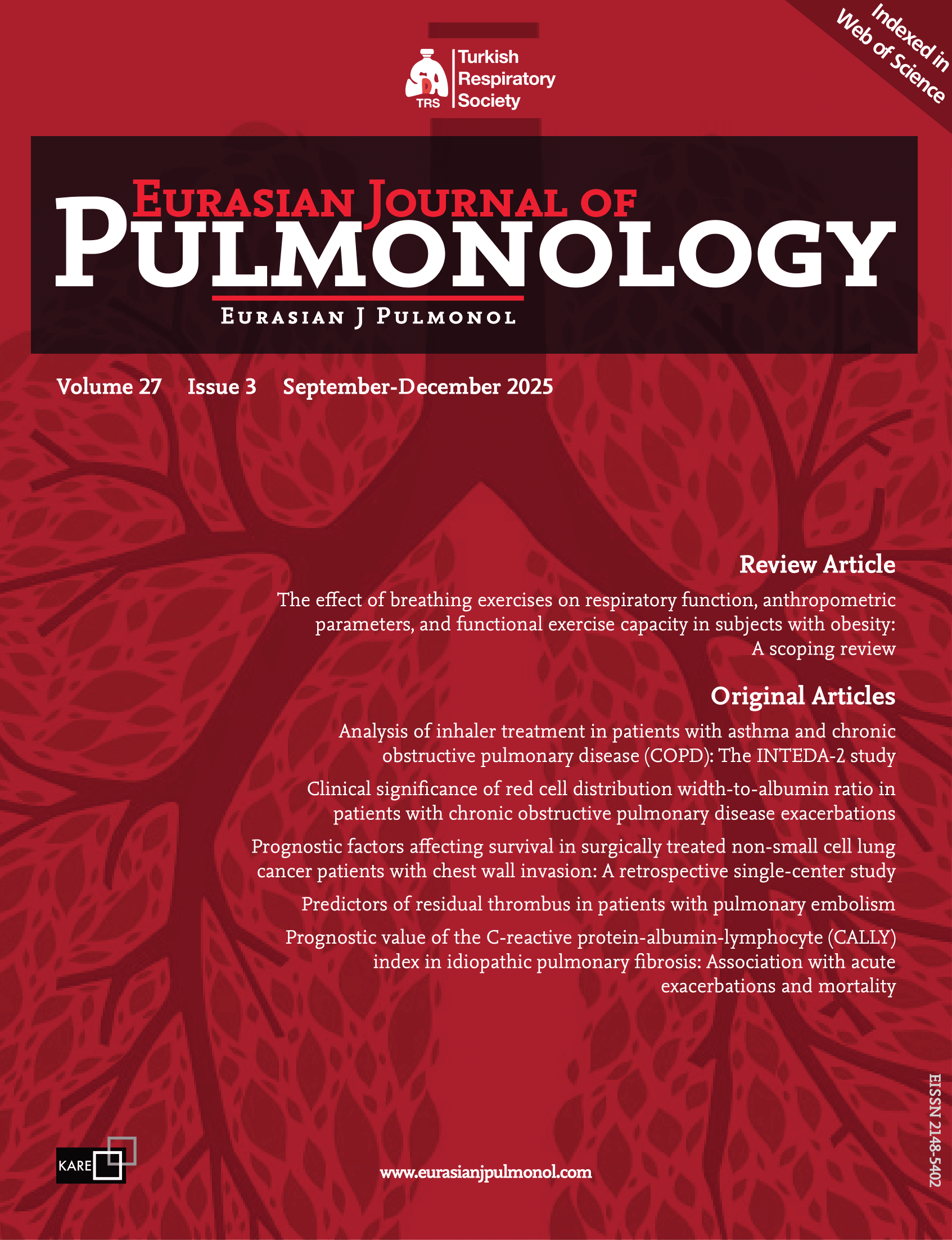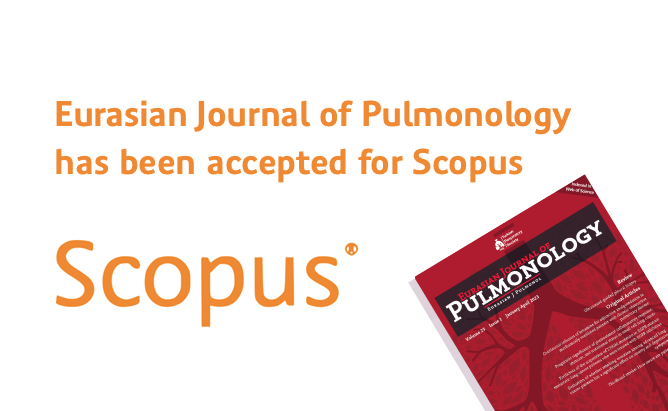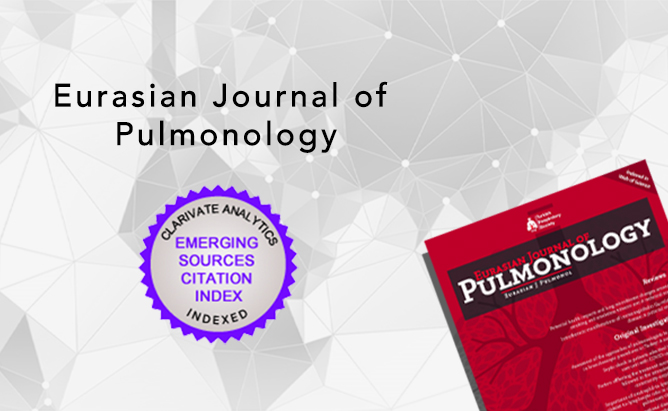2Department of Pulmonology, İstanbul Maltepe University Faculty of Medicine, İstanbul, Türkiye
3Department of Pulmonology, Bursa Uludag University Faculty of Medicine, Bursa, Türkiye
4Department of Pulmonology, Gazi University Faculty of Medicine, Ankara, Türkiye
5Department of Pulmonology, Ankara Atatürk Sanatorium Training and Research Hospital Faculty of Medicine, Ankara, Türkiye
6Department of Pulmonology, Etlik City Hospital, Ankara, Türkiye
Abstract
BACKGROUND AND AIM: Progressive pulmonary fibrosis (PPF), depending on the underlying disease, lacks a complete consensus on diagnosis, follow-up, and treatment approaches, both in our country and worldwide. This study aims to evaluate the approaches of pulmonologists and rheumatologists to PPF patients using a questionnaire.
METHODS: A web-based questionnaire consisting of 23 questions was prepared to assess the facilities of physicians’ departments and their approaches to the diagnosis, follow-up, and treatment of patients with PPF. The questionnaire was sent to doctors’ personal email addresses and the participants’ responses were analyzed.
RESULTS: A total of 91 pulmonologists and 39 rheumatologists completed the online survey. Among the participants, 44% had less than 10 years, 35% had 10-25 years, and 21% had more than 25 years of professional experience. Multidisciplinary councils were conducted in 63% of hospitals, 71% had thoracic radiologists, and 40% collaborated with pathologists specializing in interstitial lung diseases (ILD). The most common underlying primary diseases were rheumatoid arthritis-associated ILD (46.2%) and systemic sclerosis-associated ILD (45.4%). During follow-ups, the most commonly used methods included respiratory function tests (90%), carbon monoxide diffusion tests (84%), high-resolution computed tomography (79%), and pulmonary symptoms evaluations (79%). First-line medications for the underlying disease were steroids (85%), while second-line medications were mycophenolate mofetil (58.5%). Antifibrotic drug treatment was prescribed by 85% of participants, and 78.5% of them reported that they would use a combination of antifibrotic and immunosuppressive agents. While 28% of participants reported no hesitation in the diagnosis and treatment of PPF, the absence of a multidisciplinary team (35%) and challenges in interpreting radiological findings (31.5%) were the most commonly cited obstacles.
CONCLUSIONS: This study highlights the importance of multidisciplinary councils for physicians managing patients with PPF. Although the management of PPF patients varied, the physicians’ approaches to diagnosis, follow-up, and treatment of PPF patients aligned closely with recommendations in PPF guidelines.




 Ceyda Anar1
Ceyda Anar1 




